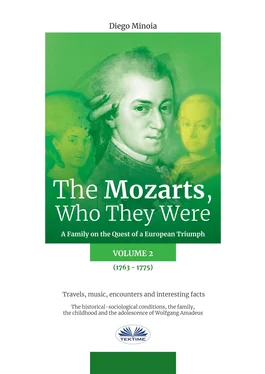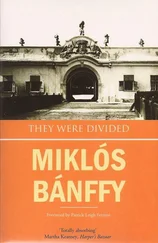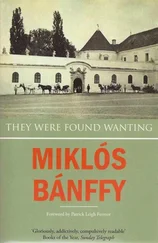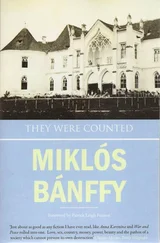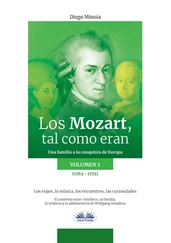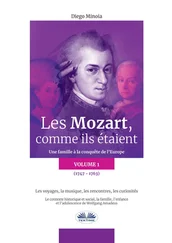The theatrical world in Paris at the time of the Mozarts
First of all it should be remembered that the profession of theatrics and the people who practiced it were at the time (and for centuries) considered immoral by the Church, so much so that the actors and dancers were subject to excommunication (for the musicians the speech was different because their art did not include excommunications and accusations of corruption of conscience).
If a noble had given himself up to the theatrical profession he would have lost the right to his title, while an aristocrat who had wanted to sing or play in the Opera team would not have suffered negative consequences.
While in Italy the situation of the actors was better, thanks to the greater tolerance that was generally practiced towards all forms of conduct at the limits of morality. In France the social condemnation was very much alive to the point that the deceased actors and dancers were denied the funeral ceremony and burial in consecrated ground.
We were buried at night and almost in secret, as was done for the most heinous criminals, and as happened for the poor Jean-Baptiste Poquelin, better known by his stage name of Molière, great actor / author.
His enormous popularity, the applause and support of the Sun King, Louis XIV, for whom he wrote and interpreted numerous plays at Versailles and in Parisian theaters, was worthless: the pressure of the Court only obtained that he was not buried in a mass grave . Not even his death on the stage, during the recitation of the "Imaginary Sick", softened the religious but the same fate was also destined for many other actors among the most admired and even idolized, such as the actress Adrienne Lecouvreur (celebrated by the melodrama namesake of Francesco Cilea of 1902) lover of Maurice of Saxony and many others, who were buried on the banks of the Seine only thanks to the interest of the Prefect of Paris.
The excommunication prevented the actors from receiving the sacraments and therefore also getting married was a problem. Since religious marriage was the only one officially recognized, anyone who had more common law relationships, living together as married couples, could have incurred the rigors of the law that punished public concubines.
Finally, the children of these couples were forcibly "de facto" and considered illegitimate, a condition that deprived them of many civil rights and exposed them to public mockery.
There was no way around the norm, not even for the most acclaimed stars of the stage, not even for friends and lovers of high ranks of the nobility.
The only way out consisted in solemnly declaring, in front of a priest and witnesses, one's irrevocable renunciation of the theater.
Some famous artists followed this procedure but, as they say: every law has a loophole.
Once he had renounced the theater, the King, either by decision of him or at the request of the courtiers who appreciated the artist, could order that the renouncer present himself in the theater and his career continued. Besides, could he have disobeyed the King?
The arrows of the Church, however, were not the only ones to strike the actors, even the civil laws excluded them: they could not enter the army or exercise public employment, they could not testify in the trials and, even, if some belonging to a noble profession were married to a theatrical player, he would have been struck out of the ranks.
Although many nobles and noblewomen vied to have the most famous actors / actresses and dancers at their tables, the common morality of some continued to think that having them at their receptions was scandalous, much more than having them between the sheets of their bed. .
However, there were not a few nobles who, challenging the family and risking disinheritance, became actors, perhaps hiding behind a stage name that would have at least contributed to not dishonoring the family coat of arms. However, it must be said that the actors did nothing to improve the social perception of the category, quite the opposite!
It had come to the point that an abbot, a clergyman but evidently broad-minded (like many religious of the time who imitated the womanizer Richelieu) came to argue that if a singer had only three lovers at the same time, it was acceptable as one. He kept one for pleasure, the second for honor, and the third for money.
Intrigues and rivalries were the order of the day, as were the excesses in the behavior of daily life, without counting the repeated sentimental events (often mercenary) that made the fortune of the most valid and aesthetically appreciable artists and artists, bringing their lovers of financial ruin due to the fabulous gifts that they demanded: carriages complete with horses, jewels, cash to pay their debts up to entire palaces obtained more on the fabrics of an alcove than among those of the curtains.
The litigation in the theater companies was extremely high and an assignment of a part to the rival was enough to unleash the wrath of the diva who believed herself cheated of her right to excel.
The clashes could result in simple bickering, in loud quarrels (even on stage, during shows, with exchanges of punches on the head and hair pulling), in intrigues and conspiracies to damage opponents, in jokes and teasing (such as defecating in the box where the actresses kept their false beauty marks and the necessities for tricks) but also in real duels, such as the sword fight between the famous actor Dazincourt and the younger Dangeville or the gun duel between the singer Beaumesnil and the dancer Theodore.
The numerous publications that circulated in Paris, sold by street vendors but also in theaters, threw themselves to death on all the events involving the most famous theatrical characters: the gossip about private lives and professional quarrels was certainly not invented by us today.
The public of "fans" of the most famous artists was not satisfied with attending their performances in the theater, they also wanted to "take them home" and those who could not do it by inviting them in person were content to buy the Sèvres porcelain figurines or portraits. which were produced and marketed in abundance.
It was the practice that famous actresses and actors, singers and dancers had rich lovers, both noble and belonging to the big bourgeoisie, and it was not uncommon the case of multiple contemporary relationships, where lovers knew they were in close relations but generally did not they worried too much.
In this 18 thcentury which reminds us of our times in so many aspects, it even went so far as to publish in the gazettes widespread in Paris, such as the Espion anglais (the English spy), lists of the most famous prostitutes in the city, which seems to counted from 40,000 to 60,000, according to some sources.
Among these, of a very different level from the tens of thousands of poor girls whose only way to make ends meet in the sale of their bodies for little money, there were famous actresses (such as M.lle Clairon, registered mail thanks to her extra-theatrical skills, which debuted in the theater thanks to a decree of the Duke of Gesvres who in 1743 ordered the Comédie-Francaise to "immediately make her debut ... in the role she will have chosen"), singers (such as M.lle Arnould, of the which we will see later on the qualities of the spirit) and dancers (such as M.lle Guimard), all enrolled in the roles of the Comédie Francaise or the Académie Royale de Musique, better known as Opéra.
Towards the end of the century, when the laws against social promiscuity in aristocratic marriages became more relaxed, some artists even managed to get married by aristocrats, thus obtaining a noble title to be placed before their name: the singer Levasseur became the Countess Mercy-Argenteau, D'Oligny became Marchesa Du Doyer, Saint-Huberty became Countess D'Entraigues.
Читать дальше
